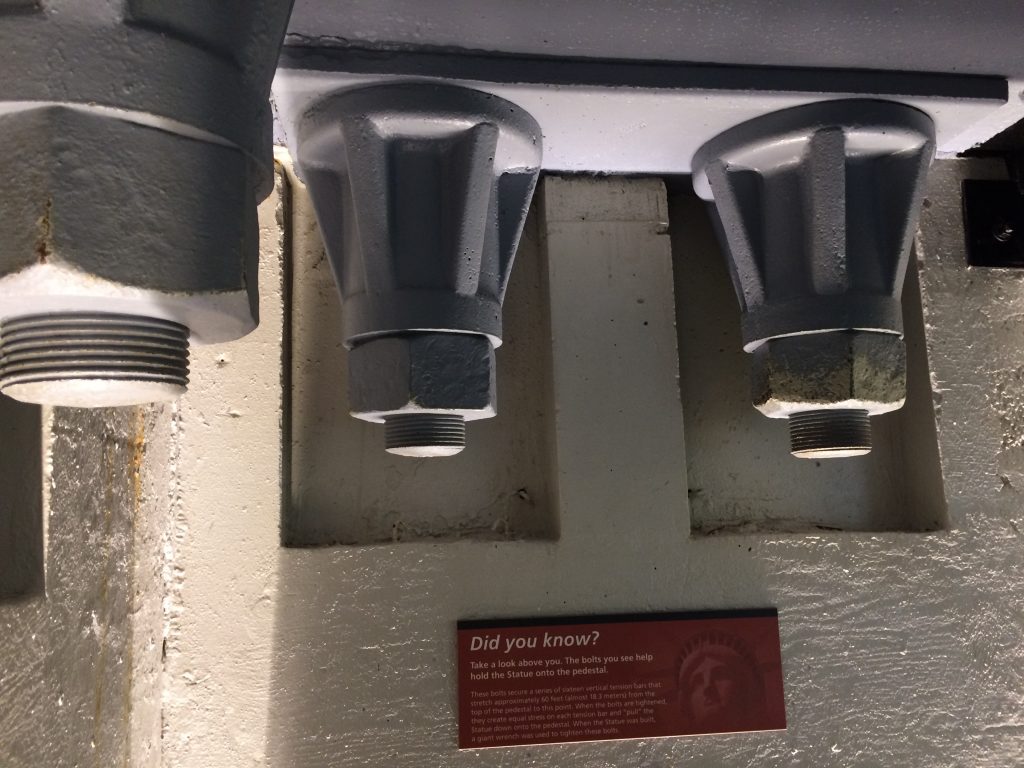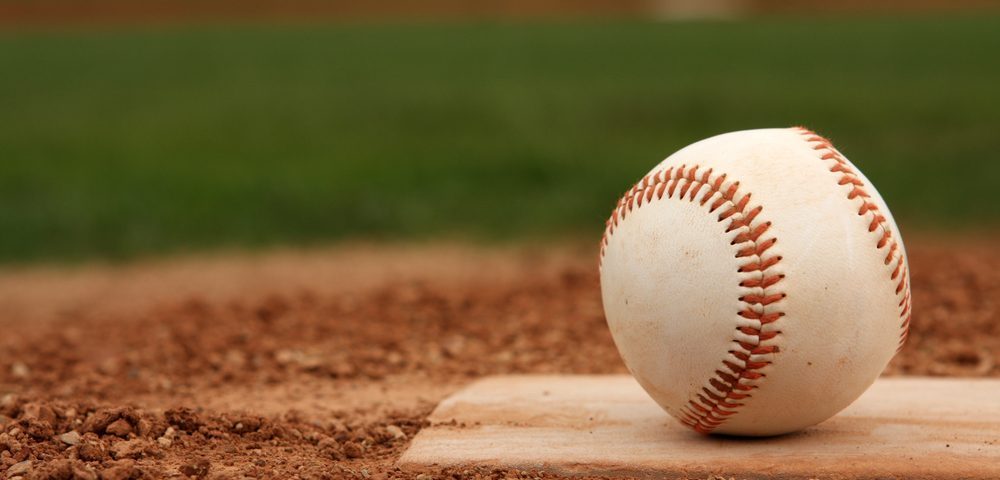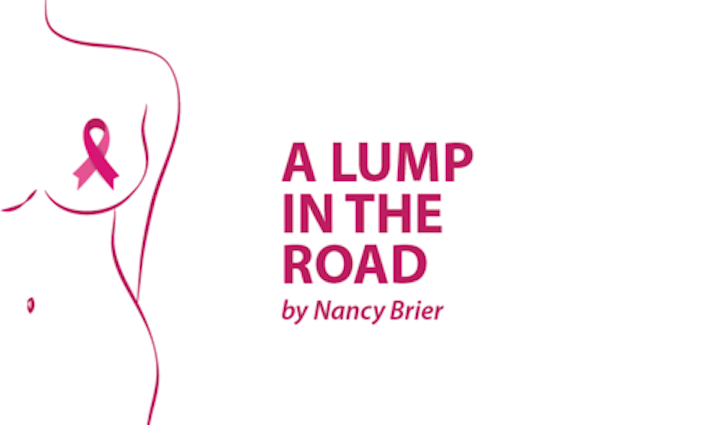After the fifth inning, I found myself caught off guard. I’d just gone to the kitchen to make popcorn, and when I came back, 50,000 people were standing side by side. What happened? Did an earthquake hit like it did during Game 3 of the 1989 series?
On the screen, instead of a ballgame, I saw players and fans, managers and umpires, newscasters and batboys, all standing shoulder to shoulder in silence. Everyone in the stadium had hit the pause button, and each held a card bearing the name of a cancer patient.
“Mom,” one placard read. A dark-haired woman clutched a sign that said “My Husband” in big block letters. Old and young, Dodgers and Sox, every race, every personality – they all held cards. Some people held several.
Then a single throaty voice pierced the silence, equal parts defiant and mournful. Andra Day belted out “Rise Up,” with the power of a civil rights anthem, and in the hush, grief mingled with hope and determination.
All those names, all that cancer – it was an overwhelming image. Sometimes it seems like this disease is outrunning our collective efforts, that every time there’s a gain on a cure, a setback follows.
Later, as the Dodgers fell behind, I distracted myself by scanning through photos on my phone and discovered one I’d taken this summer. My daughter and her fellow Girl Scouts sold enough cookies to fund a trip to New York. Of course, the Statue of Liberty was on the bucket list, and everyone made it to the top.
For me, though, it was the trip back down that I remember most. In a dimly lit stairwell, massive bolts hold the statue to its pedestal, and I snapped a photo. While everyone else admired the view, the history, and the adventure of our shared experience, somehow I found myself fixated on those bolts. They inspired me.
I pictured a scene unfolding nearly 150 years ago: an earnest face, bad lighting, worn-out pencils, and a mountain of crumpled paper. I imagined a guy working math problems until his brain ached. Without the advantage of a computer or even a calculator, he and his buddies somehow figured out how to hold down that statue on the windy harbor where it still stands today.
To me, those bolts are the tangible manifestation of genius, determination, perseverance, and teamwork. These God-given human attributes were on display in a modest bolt, easy to overlook, but underpinning the miracle of achievement. I know that the brainpower that figured out how to invent, manufacture, and install that feat of engineering is the same brilliance that is saving my life from the ravages of breast cancer. Chemo, surgery, and radiation – the holy triumvirate some people curse as barbaric – is the elixir that has granted me extra time in the miracle of life.
Ultimately, this genius-level talent and determination will figure out not just a cure for cancer, but all the world’s ills.
Lots of spectacles in New York kept me awestruck during that trip, but the image that stays with me, oddly, is an oversized bolt and a placard dedicated to nameless engineers. Somewhere among us, the answer we seek is waiting to emerge. Maybe it’s in the brain of the woman clutching the sign with her husband’s name on it, or perhaps it’s nestled in the still-developing brains of one of those grade schoolers who somehow scored tickets to the World Series. Maybe even the one playing video games on his phone in his front-row seat. Genius and miracles are everywhere.
I saw it on a forgotten back stairwell, and I saw it in the stadium. And it gives me hope.

***
Note: Breast Cancer News is strictly a news and information website about the disease. It does not provide medical advice, diagnosis, or treatment. This content is not intended to be a substitute for professional medical advice, diagnosis, or treatment. Always seek the advice of your physician or other qualified health provider with any questions you may have regarding a medical condition. Never disregard professional medical advice or delay in seeking it because of something you have read on this website. The opinions expressed in this column are not those of Breast Cancer News, or its parent company, BioNews Services, and are intended to spark discussion about issues pertaining to breast cancer.


